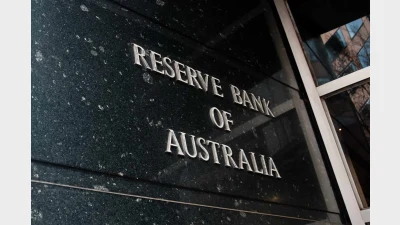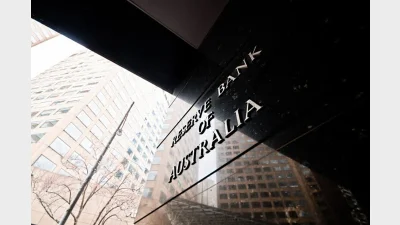IFSA renews call for 12 per cent SG



 |
| John Brogden
|
Super adequacy research commissioned by the Investment and Financial Services Association (IFSA) has added weight to its call for the lifting of the superannuation guarantee to 12 per cent.
The research, undertaken by Rice Warner Actuaries, revealed that the retirement savings gap increased from $452 billion in 2004 to $695 billion, an increase of $26,000 per person.
“It is clear that the current super guarantee (SG) must be raised to at least 12 per cent if people are to have any chance of a comfortable retirement,” said IFSA's chief executive, John Brogden.
He emphasised that the 12 per cent increase should only be the first step in measures adopted by the Government to address the shortfall.
“The Federal Government will have to consider other incentives in this area to encourage further investment in superannuation if Australia is to avoid a savings gap disaster in the future. Greater flexibility in the area of concessional contributions caps would greatly assist.
“Alternatively, much of the shortfall is going to have to somehow be funded out of future government revenue.” Brogden added.
In response to the Henry Review recommendations, IFSA argued against the raising of the age pension to 67.
“An alternative approach might have been to raise people’s retirement incomes during their working life by raising contribution rates and increasing workforce participation between ages 55 and 65 (where one in six men is on a disability pension). These measures would be far more beneficial for members and society alike,” the report stated.
ING Australia supported IFSA’s call for an increase in the SG to 12 per cent and the general manager of superannuation and investments, Ross Bowden, said the research “provides a clear perspective on the savings shortfall and its potential to affect the quality of retirement for most Australians”.
The IFSA report was released ahead of the latest Treasury Intergenerational Report, which detailed the challenges Australia is expected to face over the next 40 years and how the Government plans to prepare for these challenges. The Intergenerational Report, released by Treasurer Wayne Swan, stated that some of the ways the Government will address the long-term cost of demographic change will be to invest $43 million in promoting workforce participation, incentivise older workers to retire later, and progressively increase the qualifying age for age pension to 67, at a rate of six months every two years, beginning in 2017.
Recommended for you
Large superannuation accounts may need to find funds outside their accounts or take the extreme step of selling non-liquid assets under the proposed $3 million super tax legislation, according to new analysis from ANU.
Economists have been left scrambling to recalibrate after the Reserve Bank wrong-footed markets on Tuesday, holding the cash rate steady despite widespread expectations of a cut.
A new Roy Morgan report has found retail super funds had the largest increase in customer satisfaction in the last year, but its record-high rating still lags other super categories.
In a sharp rebuke to market expectations, the Reserve Bank held the cash rate steady at 3.85 per cent on Tuesday, defying near-unanimous forecasts of a cut and signalling a more cautious approach to further easing.











